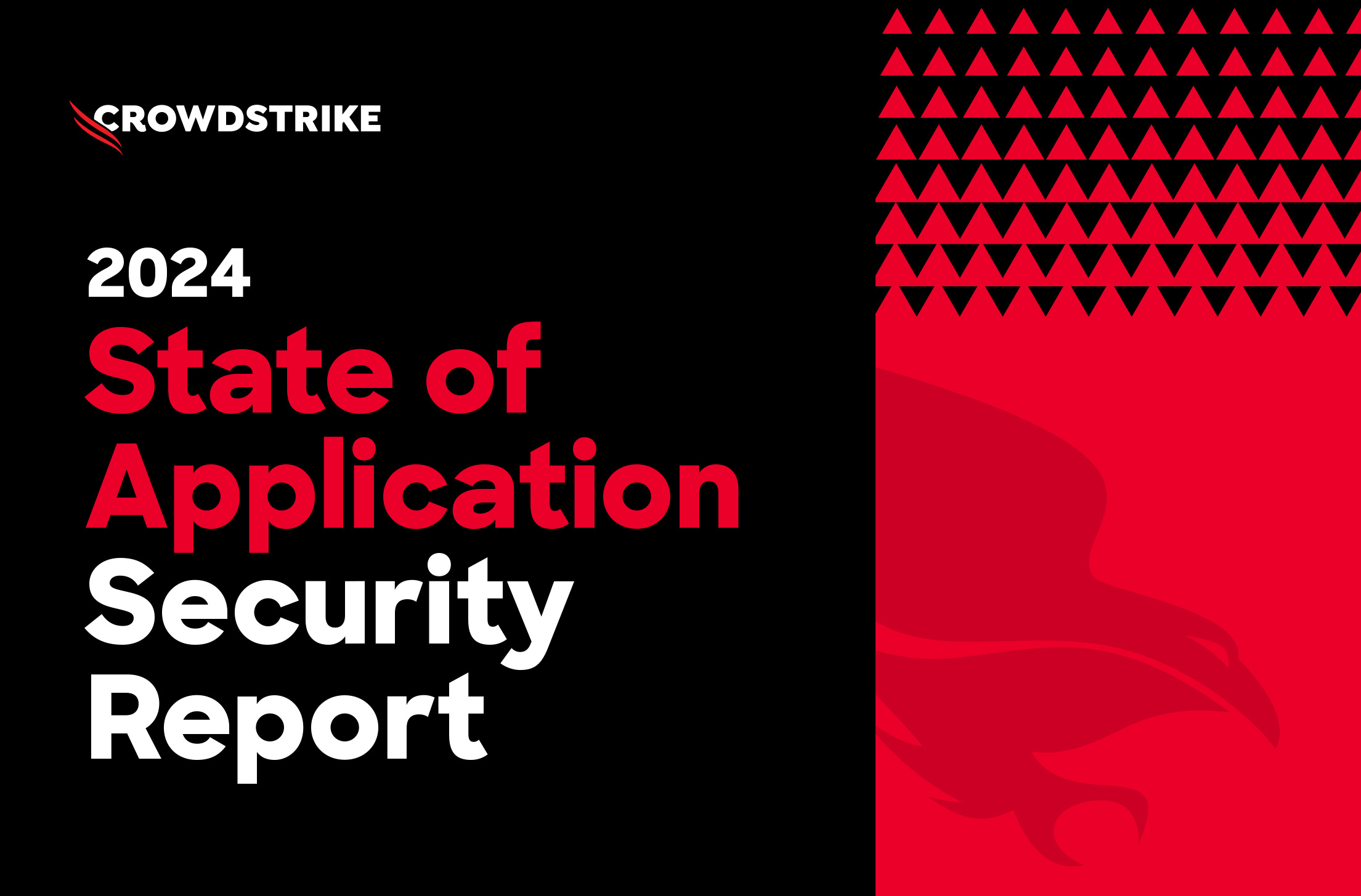To Get Cloud Security Cooking, You Need The Right Recipe For Success

Slow down a development team with security, and expect to be greeted with a wave of frustration. Between a lack of integration of security tools and confusion about shared responsibility, security teams are often playing from behind when it comes to defending cloud environments.
Meeting the needs of DevOps and the multiple clouds that companies now need to protect requires a unified platform that automates security controls and compliance for hosts and containers regardless of the cloud provider or deployment model. To get cloud security efforts cooking, organizations need the right ingredients for effective security.
Ingredient #1: Unified and Portable
Let’s start with an unfortunate truth. Traditional security tools simply do not work in the cloud; they are not designed to scale alongside dynamic cloud environments. The end result is gaps in visibility and security. Meeting those challenges with point solutions is untenable for security teams seeking to keep pace with the realities of a cloud-native world. As the limitations of those point products became apparent, it led to ad hoc approaches designed to address blind spots and a lack of integration.
Eliminating visibility gaps takes a cloud-native security platform—a unified solution capable of providing visibility into the ever-growing amount of containers and microservices today’s organizations need to protect. Armed with comprehensive visibility and continuous workload discovery, these platforms support efforts to identify vulnerabilities and ultimately help DevOps teams weave security into CI/CD workflows so that issues can be fixed before they reach production.
Security has to move at the speed of DevOps, and it needs to work across any cloud so that when workloads move, security and visibility is maintained. It’s a multi-cloud world, and security solutions need to live in it.
Ingredient #2: Automated and Fast
Rapid changes are a part of that world as well. Microservices, for example, can be quickly spun up and are often short-lived. While they can simplify application updates, they are also a reminder of how dynamic cloud environments are. Enterprises need to know what is running, where, and who is running it. With automated asset discovery and monitoring, organizations can get a handle on everything happening across their cloud environment without slowing anything down.
As noted earlier, integrating security with CI/CD improves security by enabling a “shift left” approach. Automation allows security to be orchestrated more effectively to resolve vulnerabilities and security risks early in the development life cycle, though care must be taken to prevent security holes from being introduced via infrastructure-as-code (IaC) templates. In June, a survey of 300 CISOs performed by IDC revealed that 67% of respondents viewed security misconfigurations in production environments as a top concern. By automating the discovery of misconfigurations, organizations can reduce the chance one will slip through their defenses and impact their customers or business.
Through automation, security is not a threat to impede the progress of developers. Instead, it diminishes complexity and empowers rapid deployment by ensuring organizations have the visibility and security orchestration they need.
Ingredient #3: Integrated and Scalable
With all this talk of marrying security and DevOps, it should be clear that security cannot be treated as an afterthought or bolted on. It must be integrated into the development process from the beginning and implemented to work seamlessly with applications, cloud instances, and cloud workloads.
This is the ingredient that makes the term cloud-native an essential part of the security stew you are trying to brew up for your organization. Non-cloud-native tools increase complexity; they are not optimized for cloud-native applications and make monitoring harder. They also require more manual intervention. Conversely, cloud-native solutions ensure consistency across the entire cloud estate. API-driven and integrated with DevOps tools, cloud-native solutions allow organizations to maintain security and compliance levels without as much heavy lifting.
The right solution will also empower businesses to scale at will in accordance with their needs. As businesses grow, security needs to grow alongside it. Cloud security solutions need to be able to scale at will, adding and decommissioning capabilities as simply as possible so enterprises can get the security they need when they need it.
Bringing it All Together
Any good meal requires the right ingredients, and so does protecting your cloud environment is no different. At CrowdStrike, our cloud-native Falcon platform provides visibility and control across public, private, hybrid, and multi-cloud environments. By automating cloud security management across the application development life cycle and providing real-time monitoring of cloud resources, The Falcon platform enables organizations to prevent the types of cloud misconfigurations that are often exploited in cyberattacks and to deploy applications securely.
Additional Resources
- Learn about CrowdStrike’s powerful cloud security solutions by visiting the webpage.
- Learn how CrowdStrike makes cloud security posture management simple — visit the Falcon Cloud Security CSPM product capabilities webpage.
- Learn more about comprehensive breach defense with CrowdStrike Falcon® Cloud Security CWP product capabilities webpage.
- Test CrowdStrike next-gen AV for yourself. Start your free trial of Falcon Prevent™ today.


